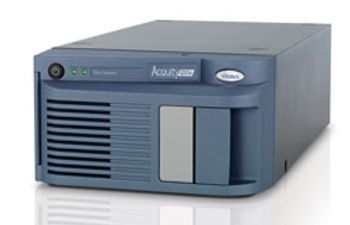
The Waters ACQUITY QDa Detector is a mass detector designed to bring high-quality, mass spectral data to chromatographic separations.

The Waters ACQUITY QDa Detector is a mass detector designed to bring high-quality, mass spectral data to chromatographic separations.
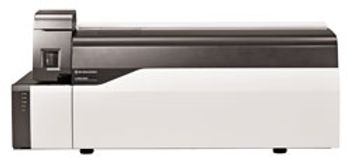
LCMS-8050 Mass Spectrometer Increases Quality Analysis
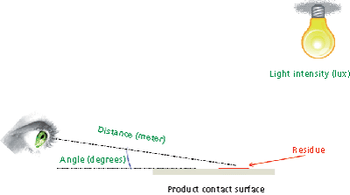
The authors evaluated a variety of materials of construction (MOCs) and found that visible residue limits (VRLs) were higher on some MOCs than on stainless steel. The optimal viewing conditions were dependent on the MOC and the viewing background. The risk of a cleaning failure due to visual failure for different MOCs can be mitigated or eliminated using complementary cleaning validation studies.
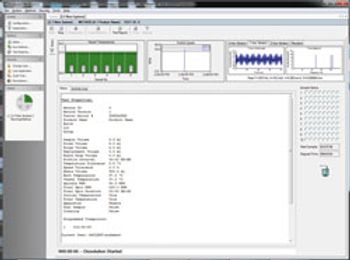
Software Improves Monitoring of Pharmaceutical Ingredients
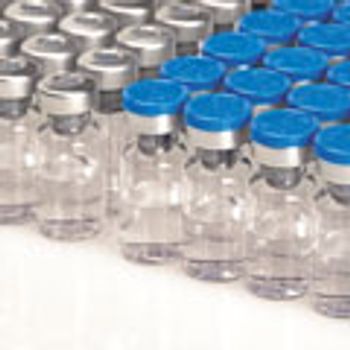
The authors discuss a strategy for developing a risk-based approach for testing of elemental impurities in leachable studies.

The characteristics of tableted solid dosage drugs often depend on the granulation process, so selecting the most appropriate granulation technique and monitoring the process are crucial

FDA updates guidance to reflect advances in technology.
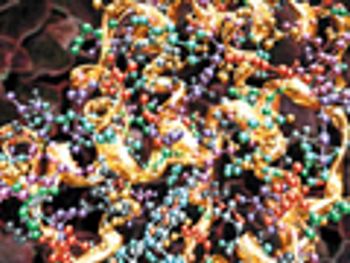
Industry experts discuss the requirements and challenges involved in getting a biosimilar product from bench to launch.

How good is a reportable value?

FDA's draft guidance provides answers to questions received on FDA's abbreviated new drug application stability guidance.

Conventional cell-imaging systems that provide high quality data can be very expensive and complex to use. New systems from Biotek Instruments are designed to overcome these issues.

A proposed new guideline provides a global policy for limiting metal impurities qualitatively and quantitatively in drug products and ingredients.
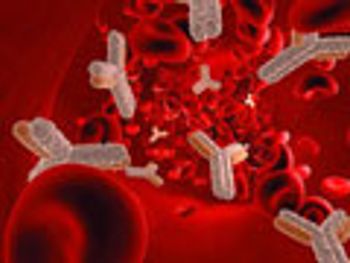
Extensive comparability testing is required to ensure that biosimilars have comparable profiles to their reference products.
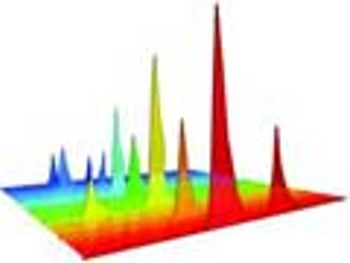
The authors examine alternative solvents for extractables and leachables screening evaluation of process components that provide extraction equivalence and do not interfere chromatographically.
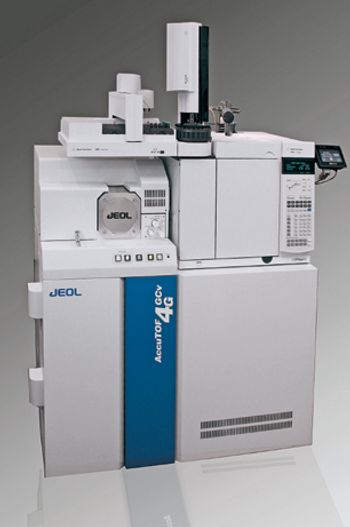
Editor's Pick's of Pharmaceutical Science & Technology Innovations: The latest in analytical instrumentation including mass spectrometers, calorimeters, and viscometers.

The author describes how liquid chromatography-mass spectrometry works and explains some of its advantages and disadvantages, particularly compared to high-performance liquid chromatography.

View companies' outsourcing profiles from PharmTech's 2013 Outsourcing Resources Fast Locator Index in the following categories.

Michael Rooney, director, bioanalytical development at Jazz Pharmaceuticals, provides an overview of a life cycle strategy for analytical methods development, the need for standards and guidance documents, and therole Quality by Design can play in method development.

For both small- and large-molecule applications, advances in mass spectrometry are leading to interest in this technique as an alternative to liquid chromatography.

The authors describe the use of convergence chromatography combined with mass spectrometry for impurity profiling.
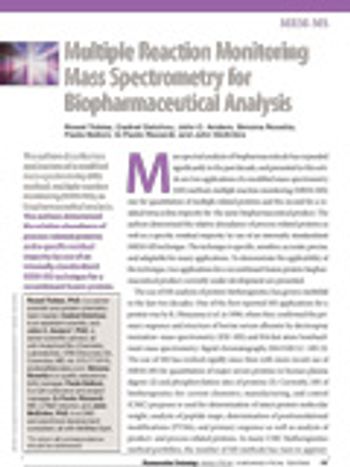
The authors describe two applications of a modified mass-spectrometry (MS) method, multiple reaction monitoring (MRM-MS), in biopharmaceutical analysis.
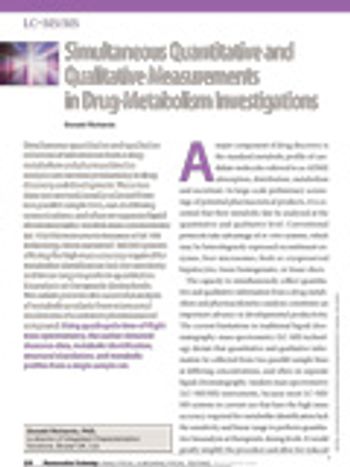
This article presents the successful analysis of metabolic products from microsomal incubations of a common pharmaceutical compound.
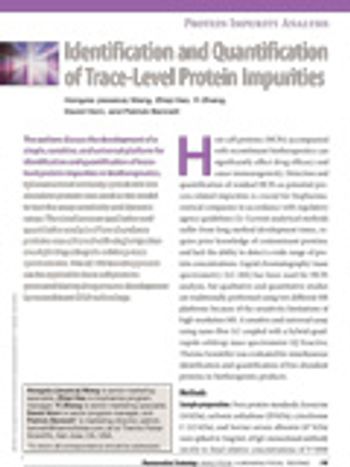
The authors discuss the development of a simple, sensitive, and universal platform for identification and quantification of trace-level protein impurities in biotherapeutics.
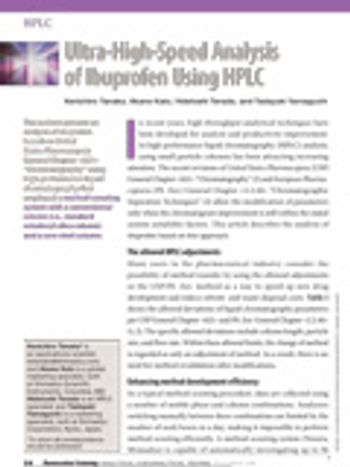
The authors present an analysis of ibuprofen based on United States Pharmacopeia General Chapter “Chromatography” using high-performance liquid chromatography.
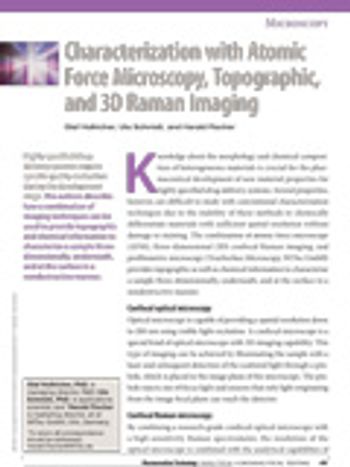
The authors describe how a combination of imaging techniques can be used to provide topographic and chemical information to characterize a sample.